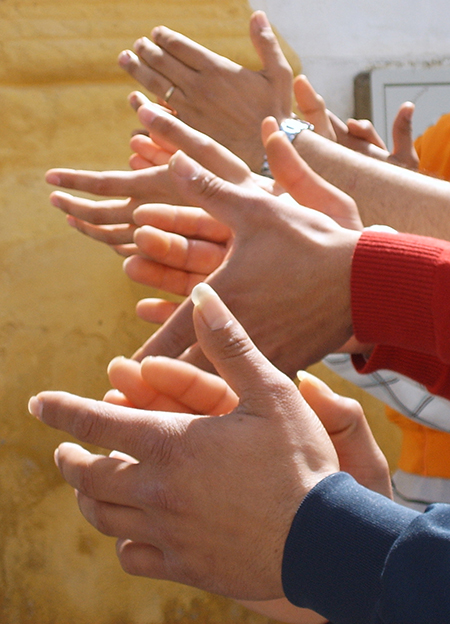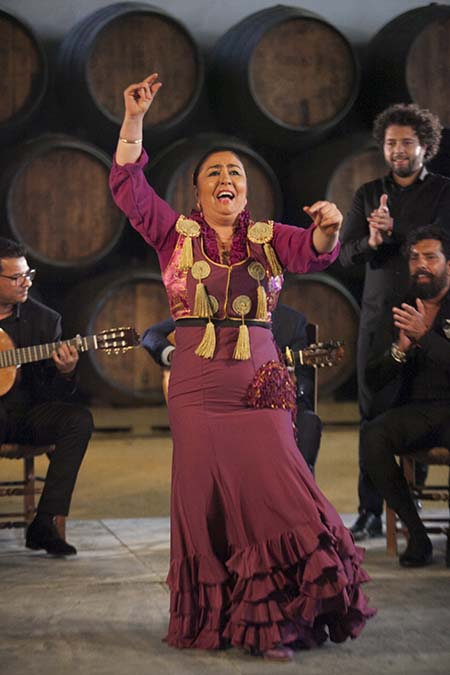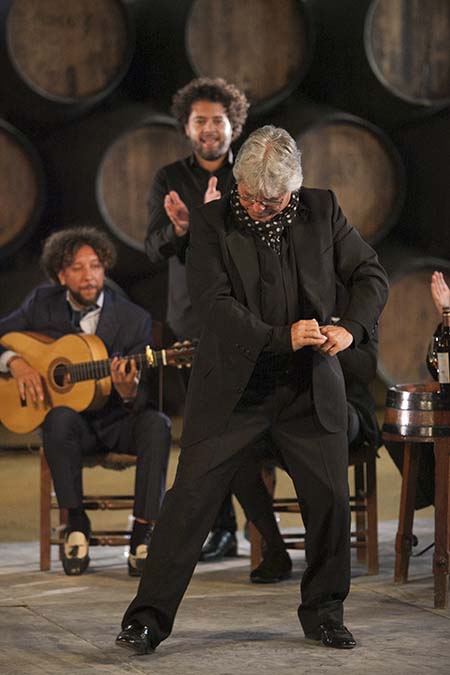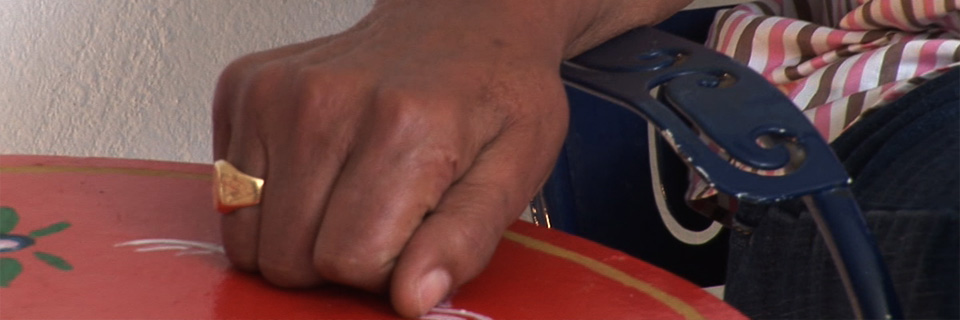WHY


Flamenco: the Land Is Still Fertile peels back the cover on an immensely popular art form to discover its roots in the farm laborers, fish mongers, and other disregarded people of southern Spain. It weighs the contributions of gitanos (Spanish Gypsies) and Spanish folklore traditions in the creation and expression of the art, concluding that of the over 30 different "palos" in flamenco, some derive more from the one source and others, from the other... but the maintenance of the tradition has been mostly due to the gitanos who incorporated it into their daily lives. And the documentary makes it clear that the basis of flamenco is not the dance or even the guitar, but instead, is the singing.
The documentary also seeks to distinguish between flamenco, and flamenco fusion - both legitimate but distinct art forms. It is important to distinguish them in order to avoid having flamenco fusion overwhelm flamenco itself, cutting the branches off from the roots - which will leave the tree to die. Finally the documentary reflects many of the realities of our own farm workers, and shows the artistic heights and emotional depths of which the poor and dispossesed are capable.
Eve A. Ma, the director, thanks all the people and organizations that volunteered or donated to the project, including our associate director and narrator, Antonio de la Malena, and most especially, the non-profit Media Art Works (MAW) which provided encouragement and significant funding to support us; plus our fiscal sponsor, the IDA (Independent Documentary Association). Couldn't have done it without you!
HOW


We began this project in 2013 and proceeded very slowly, first due to financial considerations and then, when we were almost finished, the pandemic hit. Over most of these years, we were supported by the non-profit MAW (Media Art Works) which provided nearly one third of the total funding. Then, as the pandemic subsided, we got to work again and, among other things, fillmed the wonderful "fin de fiesta," a group number that ends a professional show and mimics the parties that round off major life events in the gitano community.
For the "fin de fiesta," Bodega Gonzalez Byass gave us a great location: their Constanza winery in their principal headquarters in Jerez de la Frontera. We shot with 10 flamenco performers (and a nine-person crew). It was a lively and fun occasion.
In addition to performance and interviews, we shot some small scenes with actors to accompany and help interpret the singing. One that I, as director, remember particularly is when we asked Manuel Moreno, Antonio de la Malena's youngest son, to lie down in a field at dawn. For another, I spent 18 hours traveling to a small town in Murcia (southeastern Spain) to film something that appears in the documentary for all of 10 seconds. But ok, it's a good shot and I'm glad I did it.
I must not fail to mention all the narration that Antonio de la Malena had to record. He'd do some and for one reason or another, it wouldn't quite work and he had to record it again...and again...and again. He was a very good sport about it. With the help of our friend, playwright Javier Padilla Gil (and others such as Antonio de la Malena's guitarist son, Antonio Moreno Carrasco - Malena Hijo - and his daughter, singer Saira de Malena), we finished all the shooting by mid-2021 and after months of editing, completed the documentary in time to premiere it in the prestigious Filmoteca Nacional de España in December of 2022 in the annual festival "O Dikhipen" of the Instituto de la Cultural Gitana.

